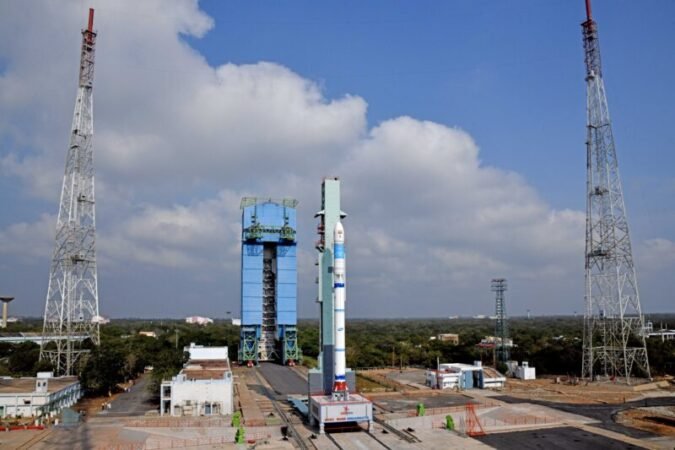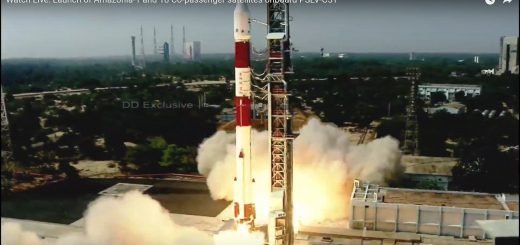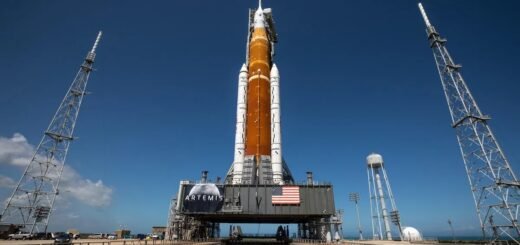ISRO’s SSLV D2 Launch: A Success Story

The Indian Space Research Organisation (ISRO) achieved a successful launch of its SSLV-D2 satellite on February 10th, successfully placing three satellites in their precise orbits. The three satellites include ISRO’s Earth Observation Satellite (EOS 07), Antaris’ Janus-1, and SpaceKidz’ AzaadiSAT-2. The SSLV-D2 lift-off took place at 9:18 a.m. from the Satish Dhawan Space Centre-SHAR in Sriharikota, marking the first satellite launch of 2023.
ISRO confirmed the success of the mission via its Twitter handle a few minutes after the launch and later released a statement saying the vehicle had injected the satellites into a 450 km circular orbit with an inclination of 37.2 degrees. The chairman of ISRO, S. Somanath, expressed his satisfaction with the outcome and credited the success to the team’s analysis and corrective actions taken after the previous partial failure in August 2022.
Mission Director S.S. Vinod added that the journey began in 2018 and after a detailed analysis following the previous partial failure, the team was able to pinpoint and overcome the problem, leading to their successful launch five months later. The chairman also mentioned that they will soon be back with another SSLV launch.
What is SSLV-D2?
The SSLV-D2 is a satellite launch vehicle developed by the Indian Space Research Organisation (ISRO). The vehicle was used to launch three satellites into space on February 10, 2023.
EOS-07 is a 156.3 kg earth observation satellite developed by ISRO. The mission’s objective is to design and develop new payload instruments compatible with a microsatellite bus and new technologies required for future operational satellites. It aims to create a microsatellite accommodating new technology payloads in a quick turnaround time.
The payloads on the EOS-07 include the mm-Wave Humidity Sounder and Spectrum Monitoring Payload. Janus-1, weighing 10.2 kg, is a technology demonstrator and smart satellite mission based on Antaris software. AzaadiSAT-2, weighing 8.7 kg, was created through the collaboration of around 750 girl students across India, guided by Space Kidz India in Chennai.
According to ISRO, the SSLV is designed to launch up to 500 kg satellites to Low Earth Orbits on a “launch-on-demand” basis. It provides low-cost access to space and offers flexibility in accommodating multiple satellites with a quick turnaround time and minimal launch infrastructure. The SSLV is 34 m tall and has a diameter of 2 m, with a lift-off mass of 120 tonnes. It is equipped with three solid propulsion stages and a velocity terminal module.


















